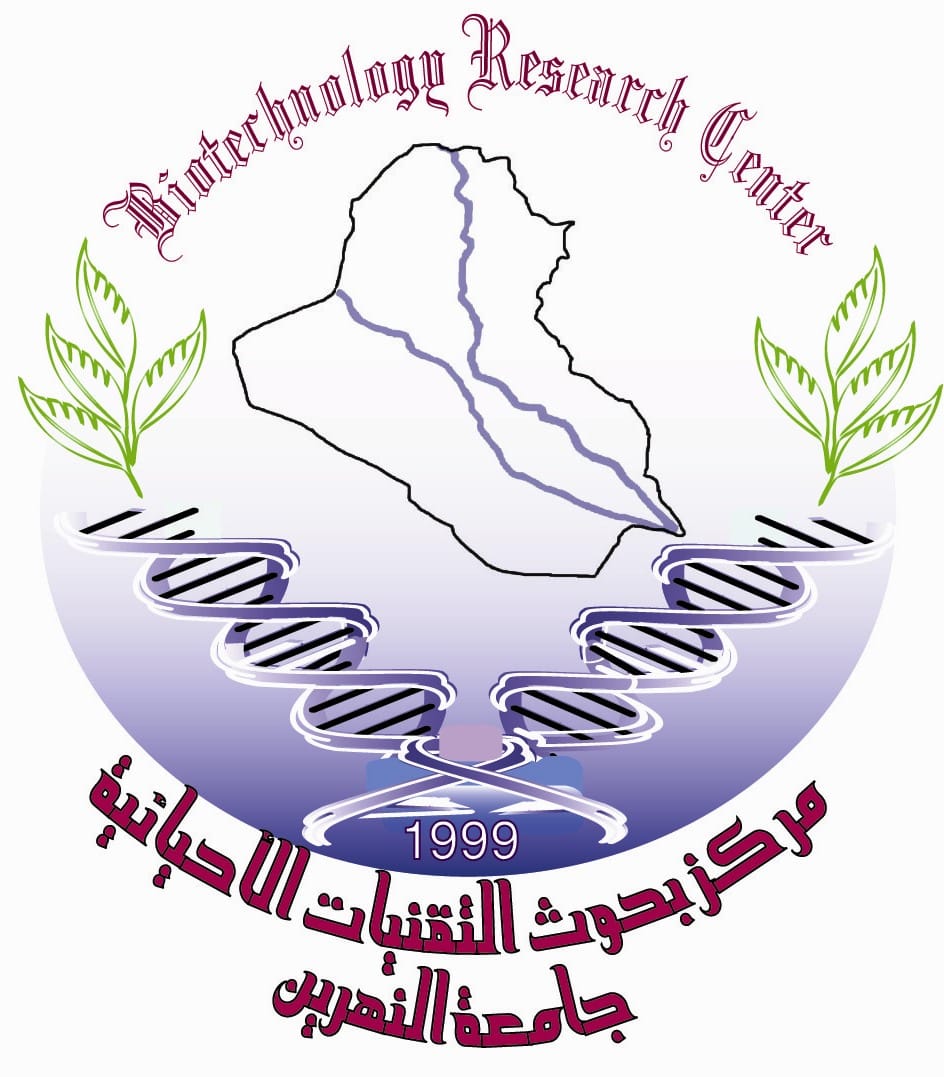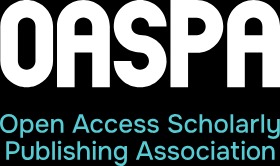Optimum conditions for Biomass and lytic enzyme production by Saccharomyces cerevisiae and removal of total solids from waste water of dairy processing
DOI:
https://doi.org/10.24126/jobrc.2013.7.3.284Keywords:
Dairy waste water, Saccharomyces cerevisia, Amylase and protease activity, Total solids.Abstract
The present study was aimed to study the optimum conditions of producing yeast biomass and lytic enzymes, and removal of total solids from dairy waste water. Results showed that dairy waste water serve as a good substrate, enabling the growth of Saccharomyces cerevisia S4, which produced a considerable amount of yeast biomass. Maximum production of biomass was 26g/l obtained after 96h fermentation, at pH6, temperature 30°C and dairy waste concentration of 2.5% w/v. The maximum activity of α-amylase and protease were (67.7, 60.2)U/mg, respectively obtained when cultured the yeast in dairy waste water 2.5%w/v at pH6 and incubated for 120h at 30°C. The maximum reduction of total suspended solids and total dissolved solids were (44.1,53.6)% respectively observed after 96h of fermentation period at 30°C.
Downloads
Published
How to Cite
Issue
Section
License
This is an Open Access article distributed under the terms of the creative commons Attribution (CC BY) 4.0 license which permits unrestricted use, distribution, and reproduction in any medium or format, and to alter, transform, or build upon the material, including for commercial use, providing the original author is credited.











